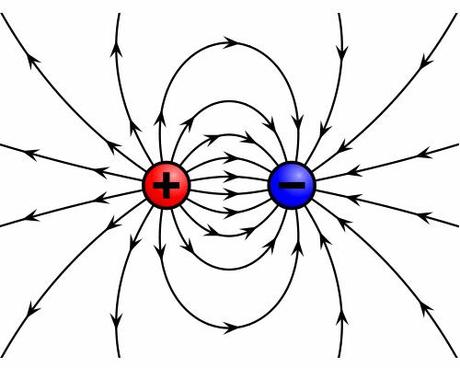Books don’t usually sit untouched on my night stand for very long, but Ruth Underhill’s Red Man’s Religion: Beliefs and Practices of the Indians North of Mexico (1965) is an exception. It has been sitting there for months, probably because the title is so off-putting. I’m surprised that the University of Chicago Press continues to publish it under this title. I’m also surprised that Underhill would have chosen it in the first place.
Underhill has an interesting biography. She was one of Franz Boas and Ruth Benedict’s students at Columbia, and obtained her PhD in 1937 after doing fieldwork among the Papago Indians or Tohono O’odham. For the next 12 years, Underhill worked for the government and spent most of her time among southwestern tribes, including the Pueblos and Navajo. She published many books on Native Americans over her long life (she died in 1984 at age 100) and clearly had close ties with several tribes. It’s hard to imagine Underhill interacting with her many Native American friends and referring to them as “red” people.
Puzzling titles aside, Underhill’s book is a mixed-bag. Her unspoken theoretical stance comes from cultural ecology. She strongly contrasts the ideas (or “beliefs”) and rituals (or “actions”) of hunters with those of planters. When it comes to the primacy of beliefs or action, Underhill asserts that the latter are more important: “I hold with those who consider that, in human [evolutionary] development, action came before thinking. So with primitive man, even perhaps with apes, there might have been some dance or game after which good luck often followed” (p. 38).
This conception is clearly at odds with the cognitivist notion that certain kinds of beliefs, such as invisible agent or “spirit” ideas, are central to religion. Though Underhill wrote decades before cognitivists and ritualists in evolutionary religious studies began debating such matters, the third chapter of her book sheds important light on the subject. In “Impersonal Power” Underhill observes:
Belief in this kind of impersonal power [is foundational]. It was a power unconnected with any individual spirit. Though unseen, it was present everywhere….Some thought the power could come and go, focusing temporarily on its object as electricity may do. Like electricity, the unseen force was thought able to injure as well as to strengthen….The world is full of [this] distributed power. (pp. 20-21, 47).
It surely is no accident that Underhill places this chapter before a later one titled “The Spirits.” While there are many kinds of spirits, they are subordinate and subject to impersonal power. The upshot is that Underhill does not consider “spirit” or invisible agent beliefs to be central to Native American “religion” or worldviews. She thinks the key concept is a non-anthropomorphic and impersonal power, akin to forces or fields from modern physics.
While none of this means that the cognitivist focus on invisible agents is unimportant, it does mean this cannot be the sole or even primary explanation for the evolution of animist worldviews or religious beliefs.

Electrical Force like Impersonal Power — Positive “Mana” & Negative “Tabu”?

